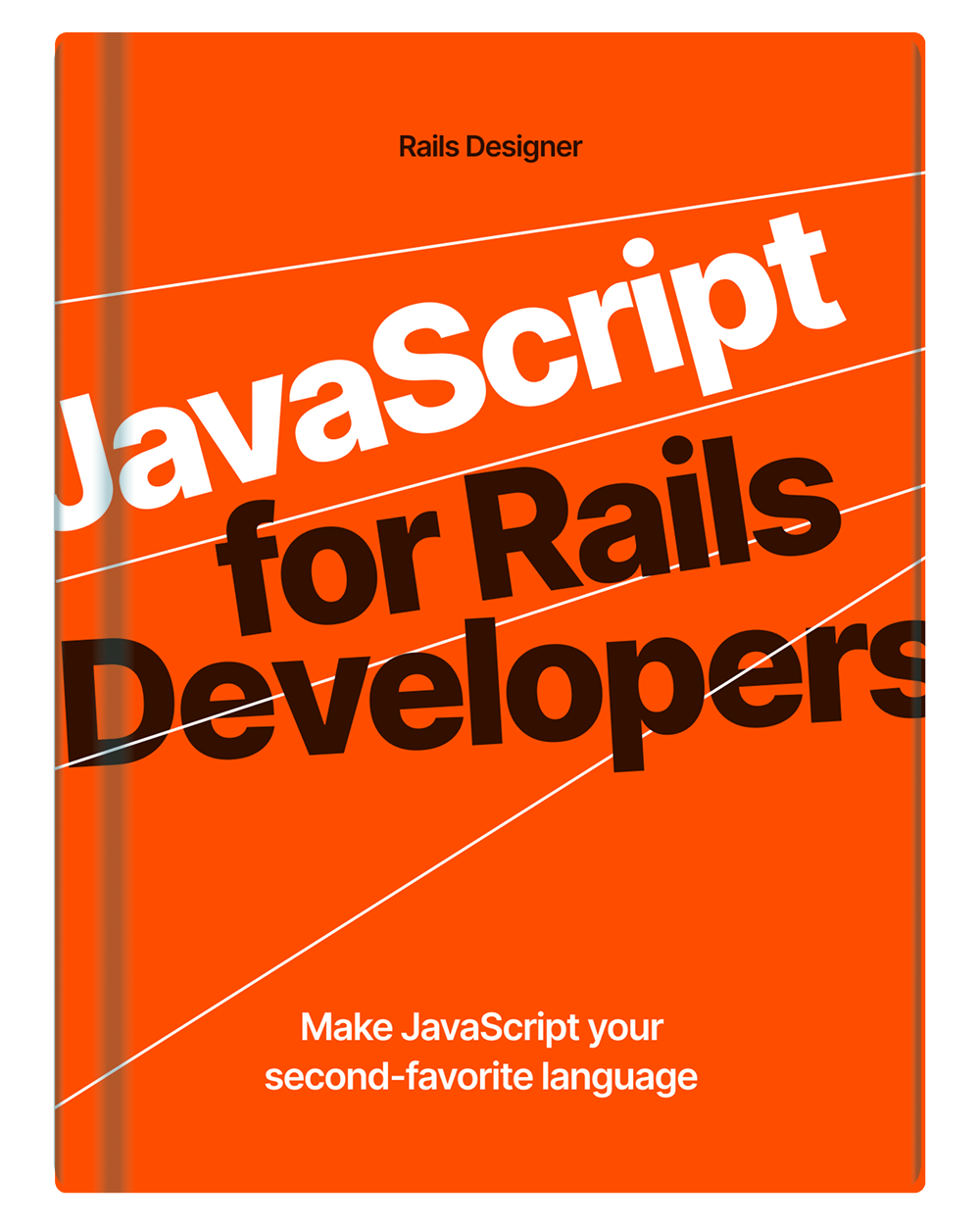This short article is less product-engineering/UI focused, but does help you as a developer write tidier code. For Rails Designer v1 I refactored some code in the components. One the of the improvements I made was using inquiry more.
I mentioned this ActiveSupport extension in this this article about lesser known Rails helpers too, but I thought it worthy of its own article.
So previously a component looked like this:
class DropdownComponent
def initialize(theme: "light")
@theme = theme
end
erb_template <<~ERB
<%= tag.div "content", class: class_names("block, {"bg-white": light_theme?, "bg-black": dark_theme?}) %>
ERB
private
def light_theme? = @theme == "light"
def dark_theme? = @theme == "dark"
end
I personally like a (internal) API like this; it helps with reading the code instead of doing mental gymnastics needed to parse the variable (@theme) and its value ("light" or "dark").
So I was pretty happy with this code, but an annoyance arose when more themes would be added. So instead of writing separate methods for each option, I reached for inquiry.
The above component was rewritten like this:
class DropdownComponent
def initialize(theme: "light")
@theme = theme.inquiry
end
erb_template <<~ERB
<%= tag.div "content", class: class_names("block, {"bg-white": @theme.light?, "bg-black": @theme.dark?}) %>
ERB
end
One could argue @theme.light? reads worse than light_theme?, but I feel like its an improvement overall:
- less lines of code in the class;
- using a first-party helper from Rails/ActiveSupport;
- no mental overhead on what to name the extra method(s).
As I pointed out in the article above, inquiry can also be used on arrays: ["pending", "active"].inquiry.pending? # => true.
This is one of those helpers that once you know about it, you see use for it everywhere.
